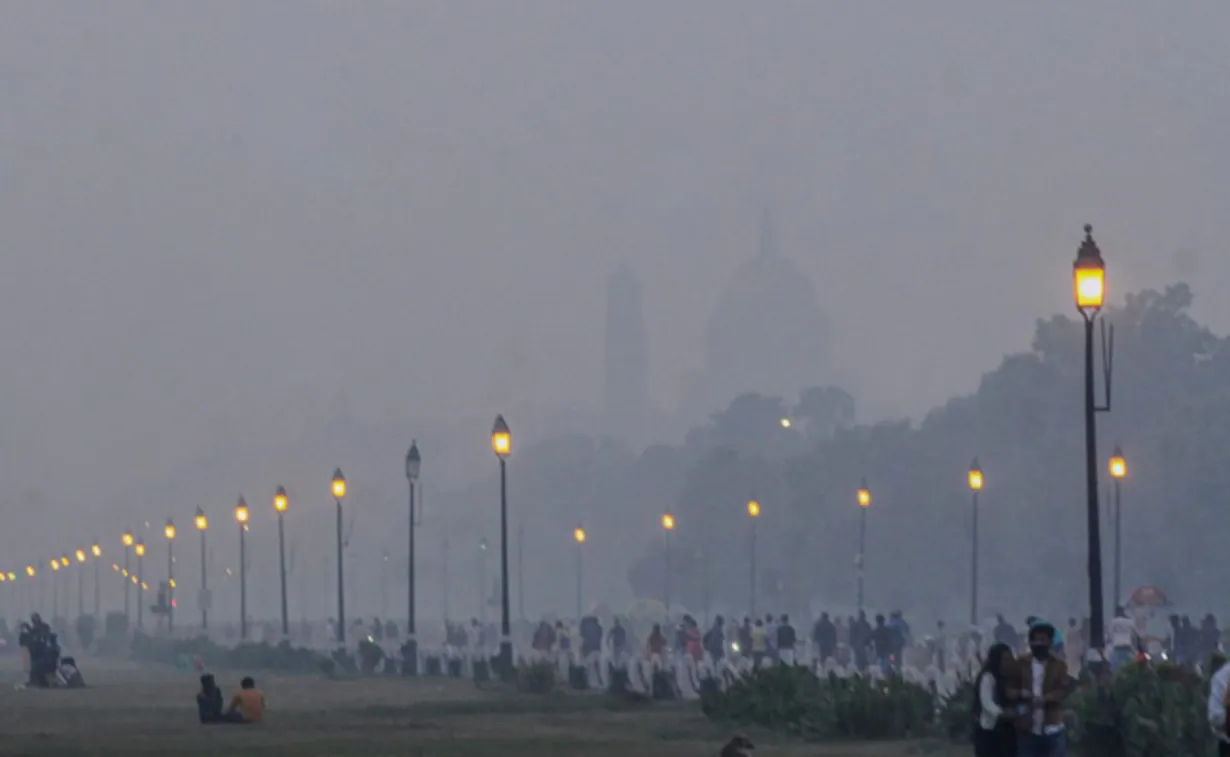Delhi’s Air Quality Woes: The Pervasive Threat of Crop Residue Burning
Delhi, India’s bustling capital, continues to grapple with a pressing issue that blankets the city in a haze of concern — the recurring menace of air pollution. At the heart of this annual environmental crisis lies the widespread practice of crop residue burning in neighboring states. This article sheds light on the severity of the issue, its far-reaching consequences, and the urgent need for collaborative solutions.
Agricultural Burning’s Annual Assault
As autumn transitions to winter, Delhi witnesses a dramatic change not just in temperature but in air quality. The onset of crop residue burning, predominantly in states surrounding the National Capital Region (NCR), inflicts substantial damage to the environment. The ensuing smog, laden with pollutants, paints a grim picture of the region’s air quality.
Environmental and Health Implications: Pollutant Onslaught
The practice of agricultural burning releases significant amounts of particulate matter, including hazardous PM2.5 and PM10, resulting in a visible deterioration of air quality levels. This toxic mix poses severe health risks, especially to those with respiratory conditions.
Climate Conundrum
Beyond immediate health concerns, the release of greenhouse gases during crop residue burning contributes to climate change. This dual impact on public health and the environment necessitates urgent and comprehensive interventions.
Navigating the Complex Landscape: Balancing Agricultural Needs
Recognizing the economic challenges faced by farmers, any solution must navigate the delicate balance between environmental conservation and ensuring the livelihoods of those dependent on agriculture.
Government Endeavors
While governments at various levels have initiated schemes to encourage farmers to adopt alternative practices, the impact has been limited. The call for more stringent measures is growing louder as air quality indices continue to breach hazardous levels.
Innovations Lighting the Path: Happy Seeder Revolution
The advent of Happy Seeder technology presents a promising alternative. Allowing farmers to plant seeds without removing crop residue, this technology is a game-changer in preventing the need for burning while maintaining efficient land preparation.
Bioenergy as a Beacon
Transforming crop residue into bioenergy offers a sustainable solution. Encouraging the establishment of bioenergy plants can not only address the issue of residue disposal but also contribute to the production of cleaner energy.
The Role of Community and Awareness
Educating for Change: Robust awareness campaigns are essential to educate farmers about the environmental ramifications of crop residue burning and to promote the benefits of adopting eco-friendly practices.
Community-Led Initiatives
Empowering farming communities through cooperative initiatives can facilitate the collective exploration and implementation of sustainable agricultural practices.
In Closing
As the air quality crisis in Delhi intensifies, a collective and determined effort is the need of the hour. The battle against crop residue burning demands a synergy of technological innovation, community engagement, and unwavering governmental support. Only through a holistic approach can we envision a future where Delhi breathes cleaner air, and its residents revel in a healthier and more sustainable environment. The time for decisive action is now, as we strive to cultivate a greener, cleaner, and more resilient future for the NCR.
